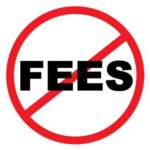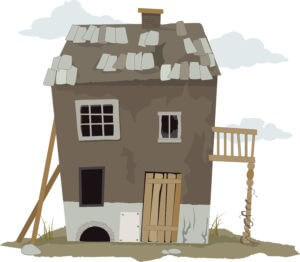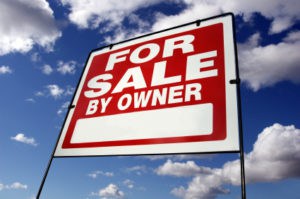 Homeowners association (HOA) violations have been a Hot Topic lately. Whether it’s the HOA acting outside of their authority based on interpretation of the development bylaws or restrictions, or imposing unreasonable fines for violations.
Homeowners association (HOA) violations have been a Hot Topic lately. Whether it’s the HOA acting outside of their authority based on interpretation of the development bylaws or restrictions, or imposing unreasonable fines for violations.
In 2014, Idaho legislators reported numerous complaints of homeowners associations providing unreasonable notice or demands or even fines for non-compliance of the HOA guidelines. There were circumstances in which subcontractors were hired to remedy issues or violations, and even though the HOA contracted with the subcontractor, bills were sent directly to the property owners.
To combat these scenarios and to protect homeowners, the legislatures set requirements in place to require procedures for homeowners associations to follow when working with violations.
During my continuing education course on the topic I was able to obtain information from the Senate Bill, provided by the course instructor at the Idaho real estate school.
That bill number 1310 from the Senate states:
(2) No fine may be imposed for a violation of the covenants and restrictions pursuant to the rules or regulations of the homeowner’s association unless the authority to impose a fine is clearly set forth in the covenants and restrictions and:
(a) A majority vote by the board shall be required prior to imposing any fine on a member for a violation of any covenants and restrictions pursuant to the rules and regulations of the homeowner’s association.
(b) Written notice by personal service or certified mail of the meeting during which such vote is to be taken shall be made to the member at least thirty (30) days prior to the meeting.
(c) In the event the member begins resolving the violation prior to the meeting, no fine shall be imposed so long as the member continues to address the violation in good faith until fully resolved.
(d) No portion of any fine may be used to increase the remuneration of any board member or agent of the board.
This bill is relatively straightforward, my interpretation is simple. You cannot impose a fine as an HOA unless authority to do so is set forth in the Covenants. Then, a majority vote by the HOA board is required prior to imposing any fine. A written notice of the above vote must be delivered with 30 days notice to the homeowner. In the event that homeowner even begin resolving the violation, notifying can be imposed as long as the homeowner continues to address the problem until it is resolved.

 A couple of years ago I did a post on the cost of construction. It was really geared towards the question of why we weren’t seeing much in the way of new construction. Residential real estate market has recovered a fair amount since, yet we still aren’t saying much in the way of new construction.
A couple of years ago I did a post on the cost of construction. It was really geared towards the question of why we weren’t seeing much in the way of new construction. Residential real estate market has recovered a fair amount since, yet we still aren’t saying much in the way of new construction.
